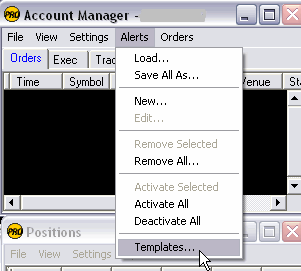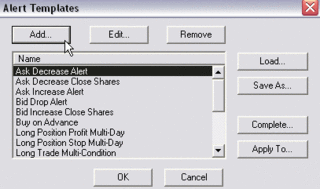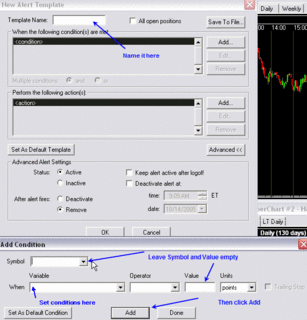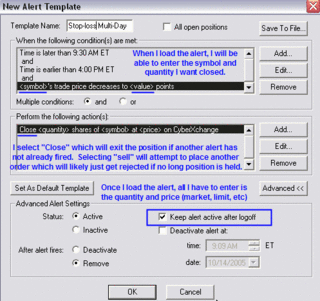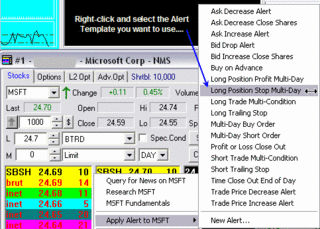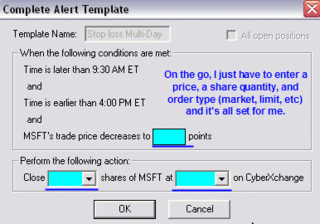When people find out I’m a trader, one of the first things they as is “what stock should I buy right now”? My answer, of course, is that I have no idea.
They want a buy-&-hold investment. They’re wrapped up in their own jobs and lives, and they wouldn’t notice something like a lower high or a high-volume reversal as a signal to bail out. They need some diversity, a long-term outlook, and most importantly, an advancing stock market.
I’m a technical trader with a short-term horizon. If something doesn’t act right, I can change my opinion in a heartbeat. I may even reverse my position. The market can stagnate and I can still make money. That’s the beauty of being short-term. I only have to be right for a limited time, ring the register, and then move on to the next trade.
When I try to explain why I select trades on a technical basis, several reasons always surface:
Short-term trades are all about supply and demand. Technical analysis is founded on price action, not fundamental trends over the course of a business cycle. I want something that can pay me today. Waiting for next year isn’t going to work for me.
Chart patterns help me take notice of support, resistance, and momentum which will tell me whether I should be in or out of a stock. Knowing where buyers and sellers lurk provides me with opportunities to make money as I consider the emotions each group may be dealing with. Only technical analysis can reveal this.
Technical analysis of chart patterns provides me with good risk/reward setups. Trading is much more about money management than many give it credit for. By entering positions where I stand to lose only a little if I’m wrong but make much more if I’m right, my approach puts me at a big advantage.
Finding chart patterns with a nearby stop-loss allows me to put my money to work with more confidence.
Trading on fundamentals puts me at a disadvantage. If I try to convince myself that my research of XYZ Company will reveal the same information that a multi-billion dollar fund can uncover, I’m kidding myself. Scouring Yahoo Finance in my spare time and trying to guess what next quarter will hold for a company will never compare to a research team that’s regularly in touch with management. The little guy doesn’t have access to the same info as the big dogs, so the playing field isn’t level.
I can compound my money faster. Technical trades are short-term in nature, so I’m in and out of the market much more frequently, compounding my money. Making 5 consecutive trades which each earn me 2% on my money will outpace the return of making one investment which shows me a 10% gain. Considering that fundamentals can take months, quarters, or even years to play out, I’m convinced that consistently hitting singles in the meantime will put me in the Hall of Fame without trying to uncover the next Microsoft or Cisco.
“Good companies” don’t always go up. The object is to turn a profit when my money is at risk. That means only one thing: if I’m buying a stock, it better be moving up. I don’t care if it’s a great company or not, if there’s no demand for it or no new money flowing into it, then it is not going higher. While a company may be great right now, how long will I have my money sitting in it before it is discovered? What opportunities might I miss elsewhere because I’m waiting for this one to pan out? No thanks! Good investments go up, not necessarily good companies.
Ultimately, I put my capital at risk only when opportunities present themselves, and preserve it the rest of the time. Trading with a technical approach allows me limit risk, maximize rewards, and even have a plan of action as I go.
Jeff White
President, The Stock Bandit, Inc.
http://www.thestockbandit.com

